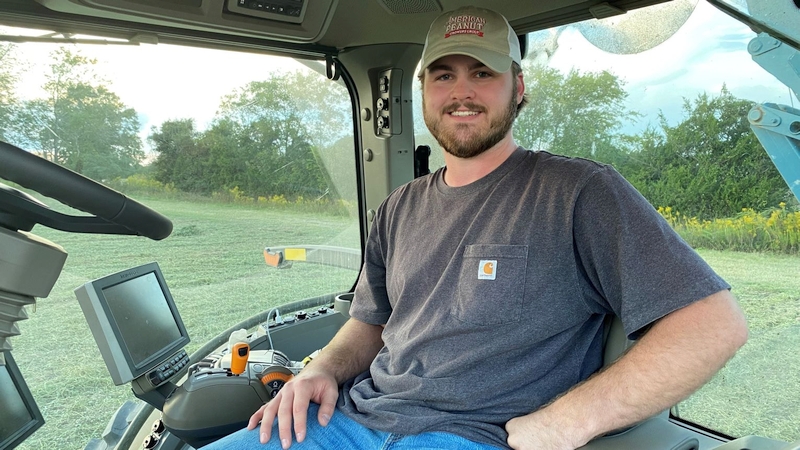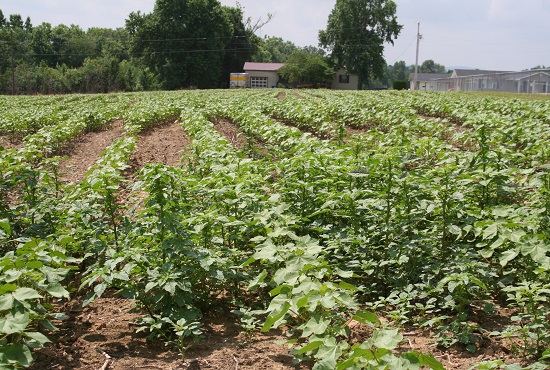Tanzania Looks to Model India’s Cotton Industry
Daily News (Tanzania)
Finnigan Wa Simbeye
Value addition through the manufacture of clothes using handlooms should be the top priority for Tanzanian cotton stakeholders — growers, buyers and ginners, President Jakaya Kikwete has advised.
“Most of the Indian clothes are actually done by families of cotton farmers,” said President Kikwete, after visiting Al Adawi Company Limited’s ginnery and cotton farms during his recent tour of Maswa District in Shinyanga Region.
He implored local cotton growers to emulate their Indian counterparts, saying that exporting raw cotton was not profitable due to fluctuating commodity prices in the world market. Unlike unstable prices of unprocessed goods, finished products command higher and more stable prices.
During his tour of Maswa District, President Kikwete handed over five Massey Ferguson tractors and 10 power tillers to smallholder cotton farmers in the district, courtesy of a loan facility by Al Adawi Company Limited.
Al Adawi said his company, which bought a ginnery from the American agro firm Cargill last year, plans to build the capacity of cotton farmers in Shinyanga Region, by providing them with modern farming skills, tractors, power tillers and farm inputs.
Al Adawi said his company plans to supply farmers with 100 tractors by the end of next year, with funding from the Ministry of Agriculture and Food Security’s Agro-Input Fund. The firm also plans to install a thread-making plant and provide handlooms on loan to farmers for cloth making.
(Story found in original format here.)








